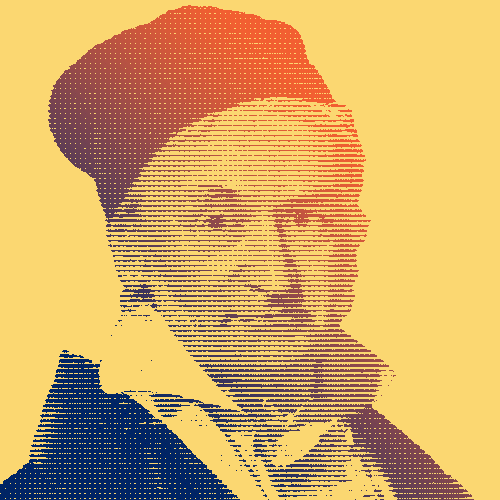Although he is often referred to as Princeps mathematicorum, or “the foremost of mathematicians”, Carl Friedrich Gauss’ influence extends well beyond mathematics. The tools he left behind for scientists continue to drive important scientific discoveries today.
Humble beginnings, brilliant outcomes
In contrast to most other leading intellectuals of the time, Gauss did not come from the high ranks of society. His parents were poor and had never had formal education; his mother was illiterate.
However, his extraordinary intelligence allowed him to overcome his lack of opportunities. His mathematical brilliance attracted attention from people of high stature, including Prince Charles William Ferdinand of Brunswick-Wolfenbüttel, who helped provide Gauss a university education.
“Mathematics is the queen of the sciences — and number theory is the queen of mathematics.”
In his early adulthood Gauss went on a tear, discovering mathematical concepts left and right. At 19, he discovered the quadratic reciprocity law. The same year, he proved the constructability of a 17-sided polygon, a major breakthrough in geometry. Two years later, he published Disquisitiones Arithmeticae, which laid the groundwork for contemporary numbers theory.
Discovering and measuring Earth and Space
Gauss spent much of 14 years on horseback, conducting a geodetic survey of the territory of Hanover. A geodetic survey takes into account the Earth’s curvature. It is the standard practice these days for surveying large areas. In the process, he invented the heliotrope — a contraption that remained a go-to tool for surveyors until the emergence of GPS technology in the late 20th century.
His impact on astronomy was even more profound. After hearing that the Italian astronomer had lost track of Ceres, a dwarf planet, Gauss went to work trying to calculate its position. After three months of calculations, he predicted where Ceres would reemerge in nine months. His prediction was proven correct.
His success tracking down Ceres led him to formulate revolutionary theories on the movement of celestial bodies. In addition to the Gaussian gravitational constant, he introduced a new version of the method of least squares that remains an important probabilistic tool not just in astronomy but in all scientific fields.
Key Dates
-
1780
Excelling in math at a young age
At the age of three, Gauss corrects a math error his father made.
-
1799
Proving the fundamentals of algebra
Gauss proves the fundamental theorem of algebra.
-
1809
Gauss introduces the gravitational constant
Gauss publishes his Theory on the Motion of Celestial Bodies, which introduces the Gaussian gravitational constant, a parameter used in astronomy until 2012.




